NRL 2021: Dr Alan Pearce calls on heavy hitters to help fund better testing for concussions
A leading neuroscientist has urged some NRL heavy hitters such as Russell Crowe to fund a study which could help significantly speed up more effective methods to tackle concussion.
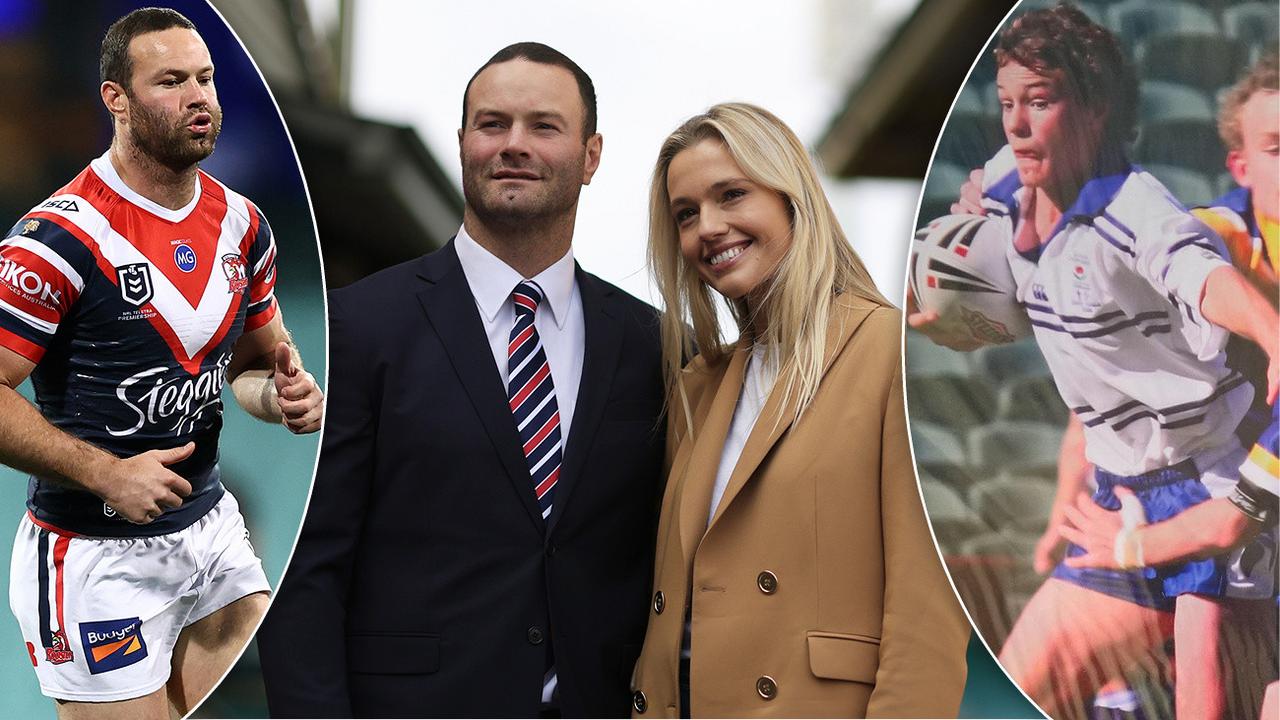
Boyd Cordner wasn’t retired because of repeated high shots. Nor Jake Friend.
Instead, says neuroscientist Dr Alan Pearce, these men are gone because of a system that, over and over, is returning footballers to the field too soon.
In fact, the Australian concussion expert warns that for some 20 years now the nation’s football codes have incorrectly been using the disappearance of concussion symptoms like headaches and dizziness to confirm an athlete had overcome the head trauma suffered weeks, days, even minutes before.
Stream selected Fox League shows on Kayo Freebies completely free this June including NRL 360, Sunday Night with Matty Johns, Big League Wrap & more. No Credit Card. No-brainer. Register Free Now >
“But we have research,” he says, “showing the brain’s physiology doesn’t recover for 28 days.”
Which is why, earlier this week, he called for a mandatory stand down period for concussed NRL players of 30 days.
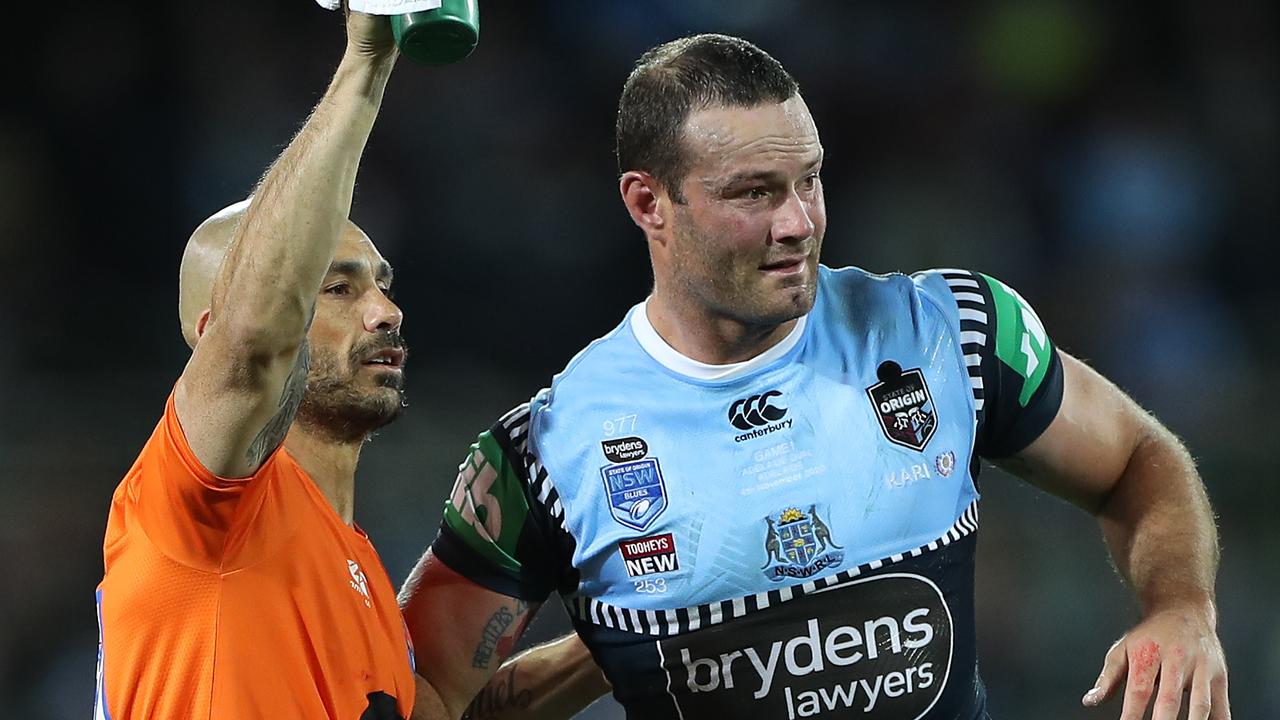
Why too this Australian Sports Brain Bank manager is now looking to encourage a group of NRL heavy hitters — people like Russell Crowe, James Packer, Matt Tripp and the Penn family — to help fund an independent study that dramatically overhauls the way concussed footballers are treated.
Put simply, Pearce says the current NRL model for determining concussion recovery isn’t good enough.
So while he congratulates ARL Commission chairman Peter V’landys for his ongoing crackdown on illegal head shots, the Associate Professor at La Trobe University is now pushing to fast-track the implementation of “objective biomarkers” for determining concussions — which includes blood and saliva tests, plus his own work into Transcranial Magnetic Stimulation (TMS).
Pearce warns that while concussion symptoms can disappear within minutes, research shows the brain can remain damaged for up to four weeks. Which is why, he says, the heavy fines currently being imposed for illegal high shots are not enough.
Especially when only last month, Brisbane physiotherapist Brien Seeney analysed every NRL concussion from this year and discovered that while 32 per cent were on ball carriers, a further 57 per cent were suffered by defenders.
Which is why the real issue, Pearce insists, is what comes after a player’s brain gets rattled.
“Right now with concussion, it’s all about the optics of what gets done on game day,” he said.
“But following Boyd Cordner’s retirement this week, what I want to make clear is that it isn’t just the incident that is of concern. It’s everything happening afterwards that we need to get right.”
Pushed on this, he continues: “We’re sending players back onto the field too quickly.
“While a player may no longer be showing any symptoms of concussion, research shows the underlying brain neurons and cells may still not be working properly. So it’s a bit like Covid in that regard; a person can be showing no symptoms yet still be really infectious.”
Which again, the doctor warns, is a problem.
“Because I know players will return to the field with, say, a knee that’s only 80 per cent right,” he said. “But I also know playing with a knee injury won’t give you dementia.”
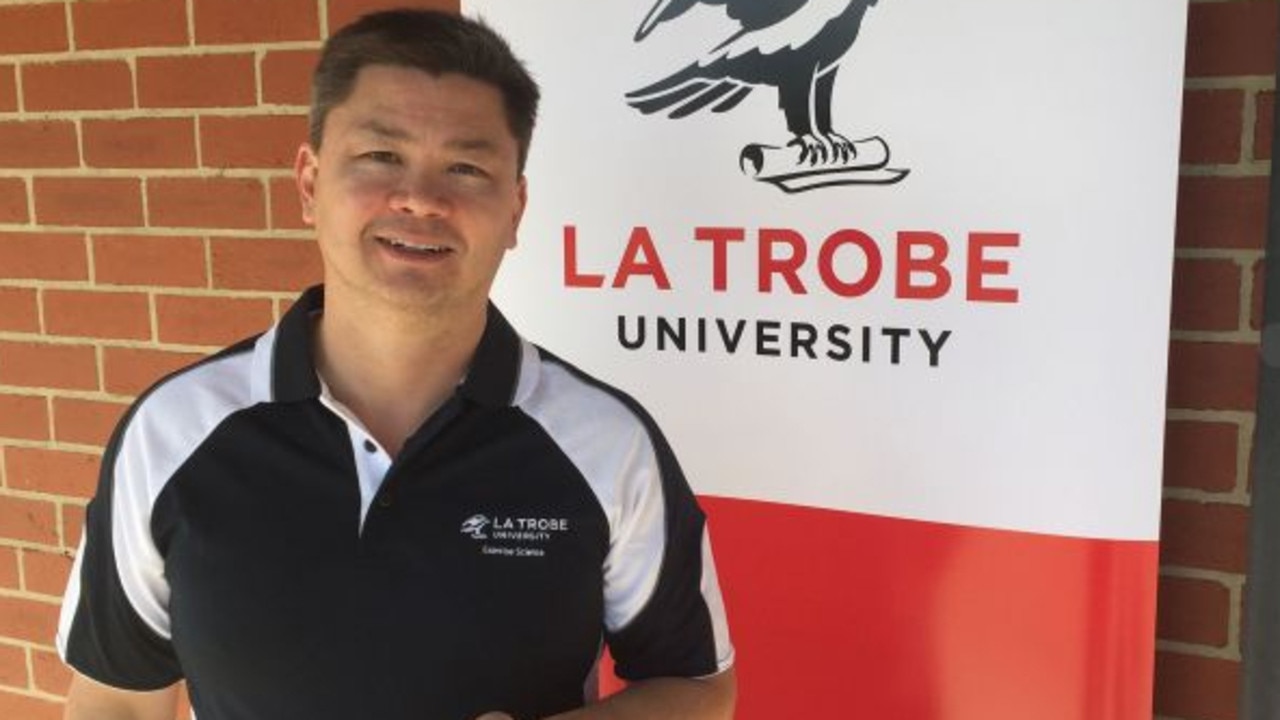
Rather than Australian football codes relying on current HIA guidelines, Pearce stresses there needs to be a rapid move towards objective biomarkers which determine if a player is still suffering brain trauma.
Better, he says that if Australian researchers were able to fast-track the work currently being done, it would only be years, rather than decades, before blood and saliva testing, plus even TMS, could be used on game day to make real time decisions. Operated via a handheld machine, TMS is where you non-invasively stimulate the brain for a response which tells you its integrity following concussion.
Rather than having governing bodies directly involved in the research, Pearce is hopeful a group of NRL team owners, or even heavyweight businessmen who love the code, will band together to ensure the changes he knows are coming will arrive for the current generation of NRL superstars.
“Right now, we really need some philanthropists to step up,” he says. “Maybe a guy like Russell Crowe, or others like him who also really love the game.
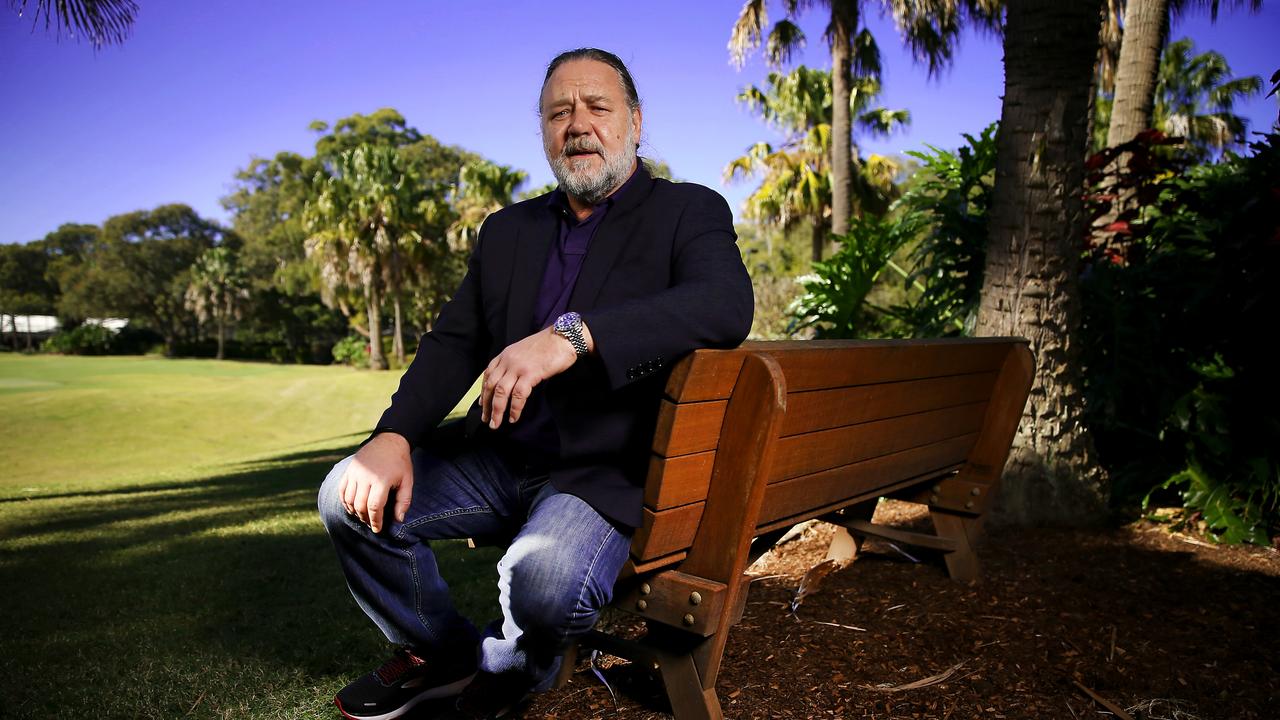
“Because currently we aren’t answering the questions that need to be answered.
“I’ve seen research being done on tackle techniques, seen money going into imaging, into MRIs — but that isn’t the answer. What we need is research into blood and saliva markers, even the stuff I’m doing (with TMS).
“At the moment with a lot of these techniques, results take a couple of days to get back to the players. We could accelerate the technology so that it in a few years we’ve got that stuff being done on the sidelines.”
Asked about the finances required to change the NRL concussion landscape, he says: “To give you some context, I’m operating on less than $30,000 a year. And over the past three years have published between 20 and 30 papers. So with, say, $500,000, you could do so much.
“It could be the difference between some of this stuff being here in five years, rather than twice that.”
Matterson urges NRL to follow NFL’s approach on head knocks
By Fatima Kdouh
Parramatta star Ryan Matterson has urged to the NRL to be more “proactive” in dealing with head knocks after watching Sydney Roosters teammates Boyd Cordner and Jake Friend retire from concussion in the space of two months.
After making his NRL debut in 2016, Matterson went on to win an NRL title alongside Cordner and Friend in 2018 – the same season that the Wentworthville Magpies junior spent almost two months recovering from a severe concussion.
An “emotional” Matterson had to “pinch” himself watching Cordner tearfully call-time on an illustrious career cut short by repeated head knocks on Monday.
“I was emotional myself,” Matterson said. “It‘s one of those things that you don’t know if it’s real. You feel like you have to pinch yourself.
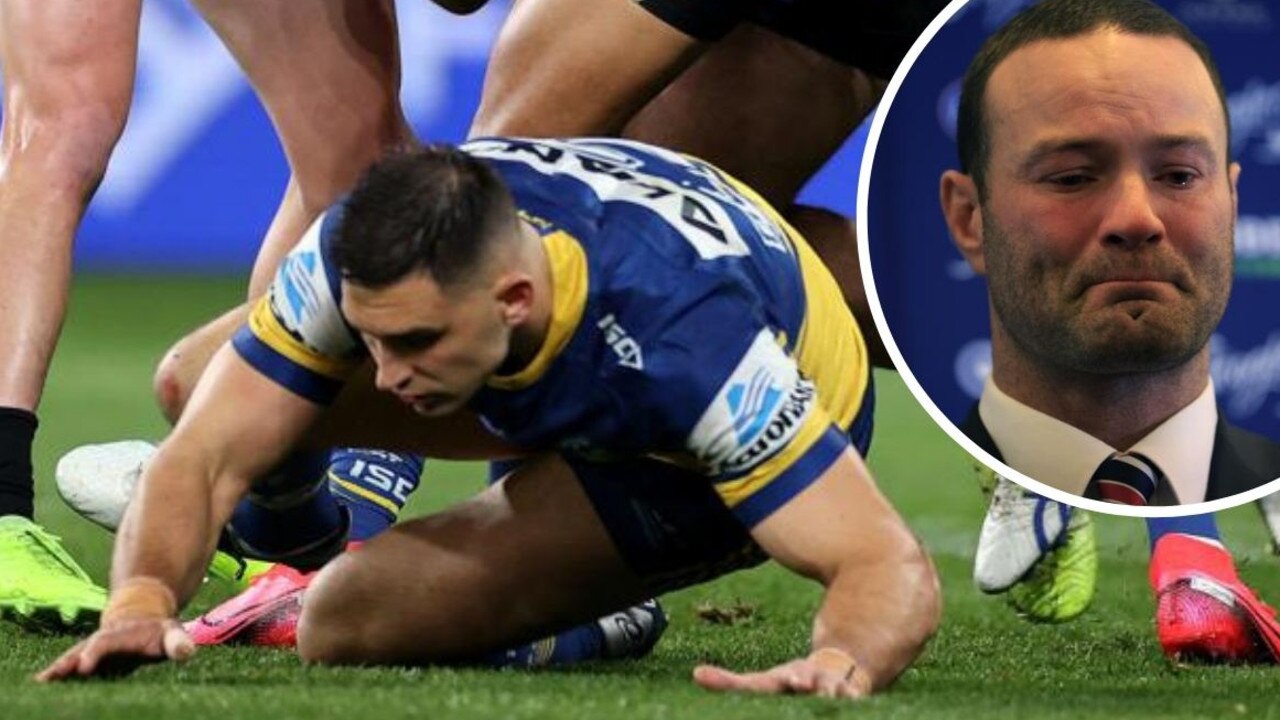
“I debuted next to Boyd, he was the backrower and I was the half. I have always looked up to Boydo. I love him as a bloke and as a teammate. I aspire to be like Boydo, he helped me make that transition from half to back row.
“I told him yesterday that I really appreciate everything he has done for me. I just feel like giving him a big cuddle.”
Like Cordner and Friend, Matterson has had an extensive history with concussion injury and has been sidelined for 15 weeks as a result since 2018.
Only this season, Matterson spent five weeks on the sideline after an ugly elbow to his head from Melbourne’s Felise Kaufusi in round two left the 26-year-old heavily concussed.
“I’ve noticed that there are different protocols and a lot more tests and things in America that things are getting done in the NFL, whereas we are more playing the waiting game,” Matterson said.
“In Australia we’re waiting to see how your symptoms feel. We’re more of a reactionary sport where I think the NFL are more proactive.”
The NRL has an 11-day standown policy for concussion but players can return to the field before then with a clearance from a specialist. Players can also return to play as soon as six days after a head knock if they pass all protocols and are symptom free.
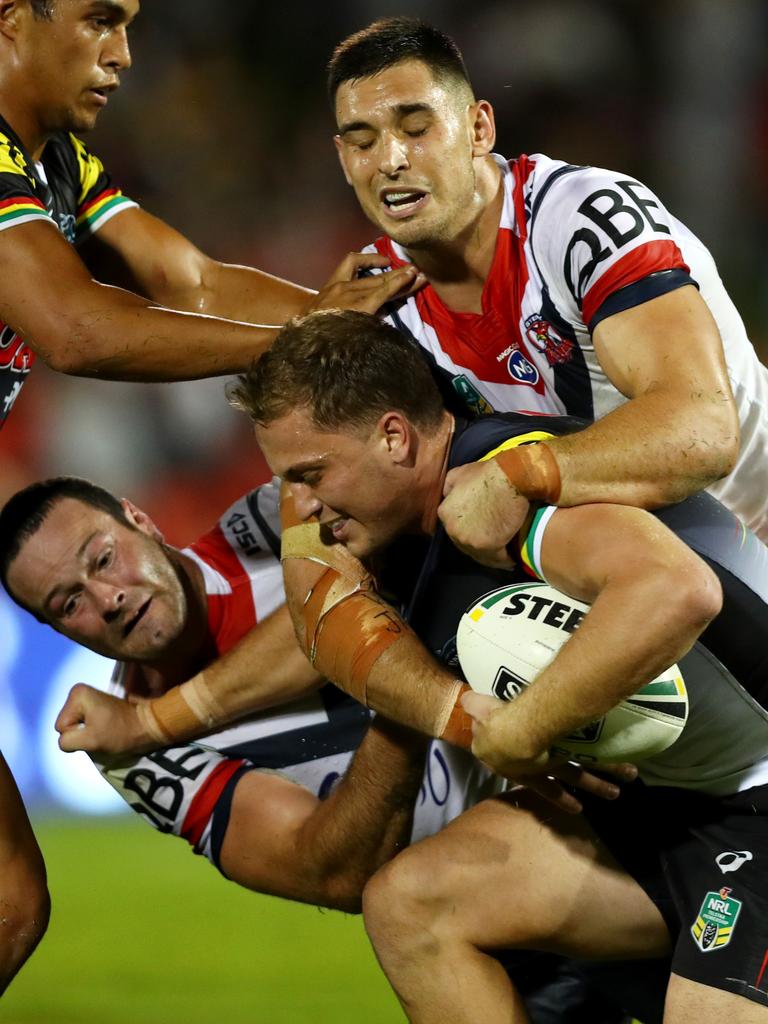
Dr Adrian Cohen, an expert in concussion and brain injury, told News Corp the NRL’s current testing, which heavily relies on self-reporting symptoms did not go far enough in protecting players.
“Concussion is difficult because a lot of the testing relied upon is the subjective reporting of symptoms by the players,” Dr Cohen said.
“How do we know the players are OK? We ask the players ‘do you have any headaches or ringing in the ears?’. And we know players are motivated for a whole lot of reasons to deny symptoms if they have them.
“We are behind the eight-ball when we have any process that relies on players self-reporting.”
Dr Cohen, who is the founder of Nurocheck, a new technology that measures the brain’s electrical activity, believes the NRL must start looking at more ‘objective’ ways to monitor concussion and it’s symptoms.
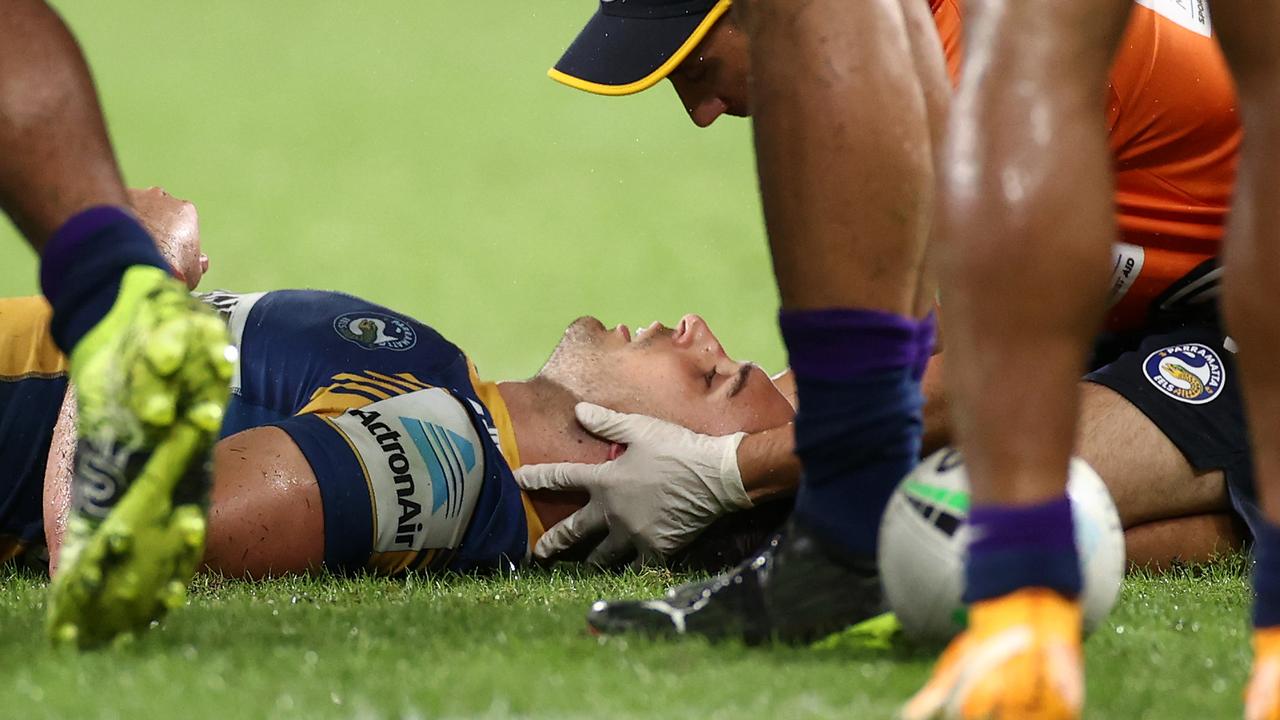
“There are objective technologies, like the ECG for the heart, we have the same technology using the brains activity and it doesn’t matter if player wants to appear as though they are OK or if they are worried about their place in the squad, the electrical activity is objective,” Dr Cohen said.
Matterson has always been upfront about managing his recovery from concussion and hopes other NRL players can take his lead on the matter.
“I hope no one is doing that [lying about symptoms],” Matterson said. “I’m not too sure, myself I know I can answer that I am definitely upfront and open with how I am.”
Why Cordner was a better find than Folau or Inglis
By Phil Rothfield
You knew with Boyd Cordner from the beginning of his press conference it was the right time.
That he was getting out of the game with his faculties intact.
He spoke with emotion but eloquence.
From the women in the front office to coach Trent Robinson and billionaire chairman Nick Politis with equal admiration and love.
It has been some journey from a 14-year-old who recruitment guru Peter O’Sullivan first found playing junior reps and schoolboy football in Newcastle, before signing him at 16.
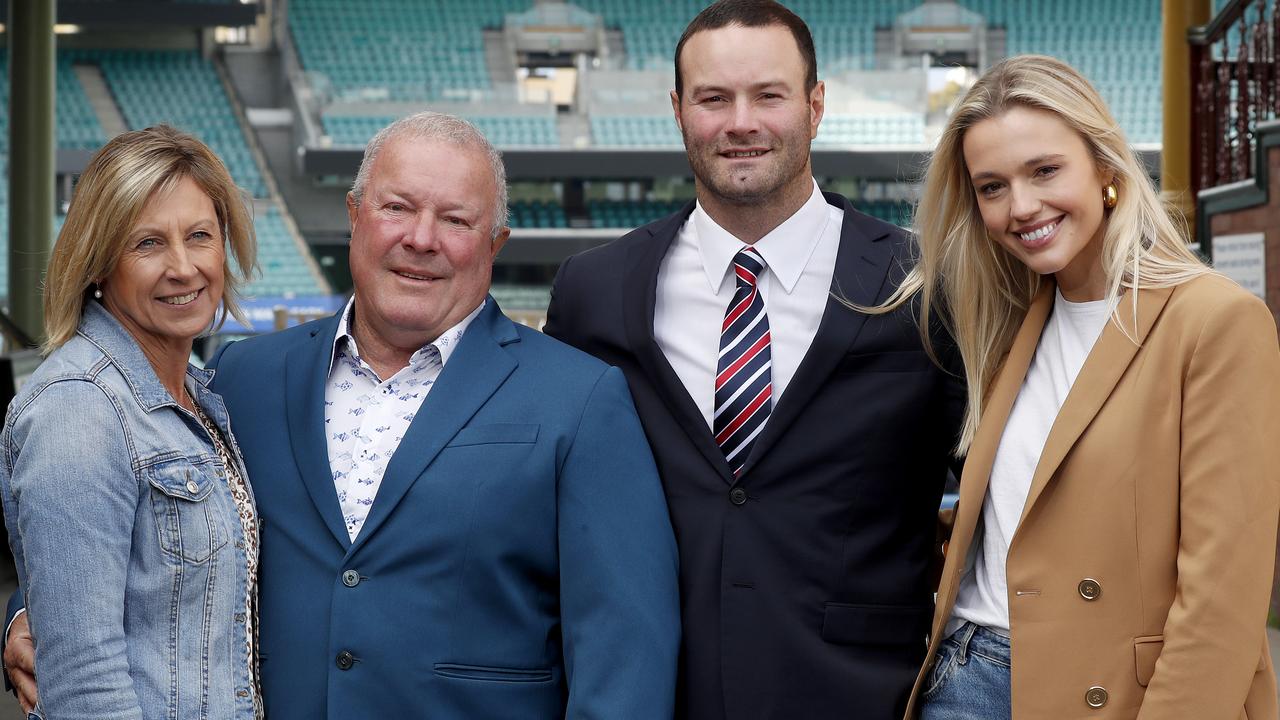
“Back then he was like a man playing against boys,” O’Sullivan recalls, “That’s how good he was.”
O’Sullivan now rates him the best young player he has signed.
This is a massive rap considering he secured Greg Inglis and Israel Folau for Melbourne Storm among a host of other huge names over the last 25 years, including more recently Reece Walsh at the Warriors.
“He’s captained his club to two premierships and NSW and Australia,” O’Sullivan said.
“He played just about every minute of every game and for one club.
“The ultimate team player. Can you remember a game he didn’t turn up for his teammates? I can’t.
“That’s why I’d say he’s the best player I’ve ever recruited.”
Roosters insiders believe it was the tragic death of Cordner’s cousin, Joel Dark, in Newcastle last year that was very much part of his decision to call it a day.
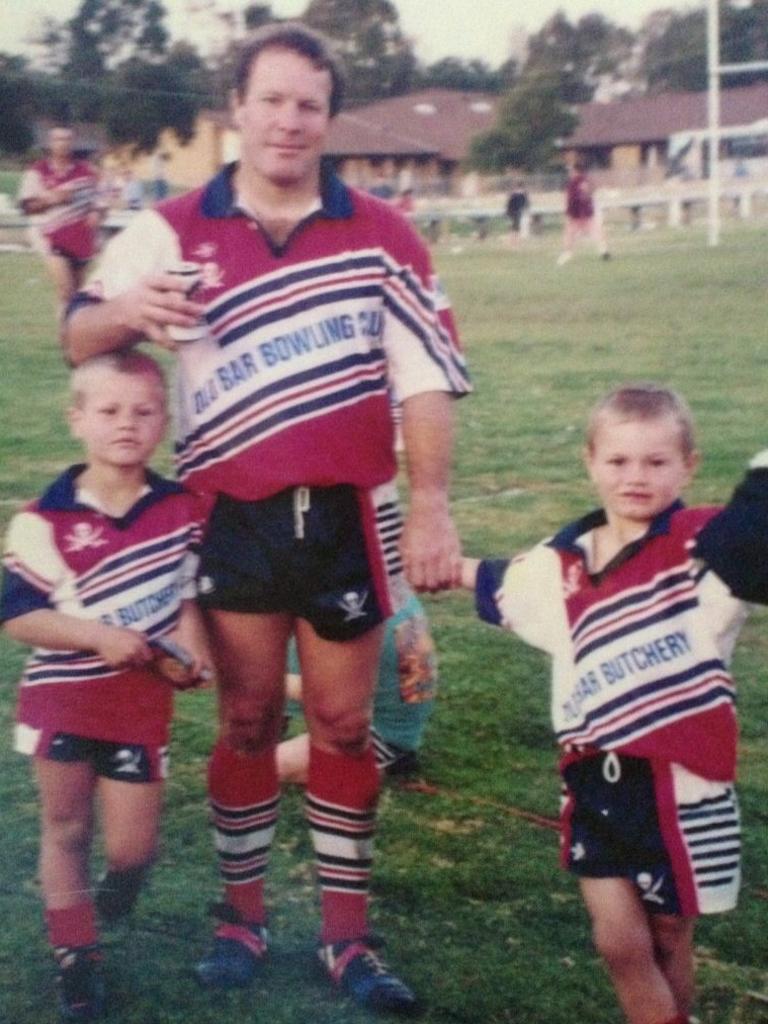
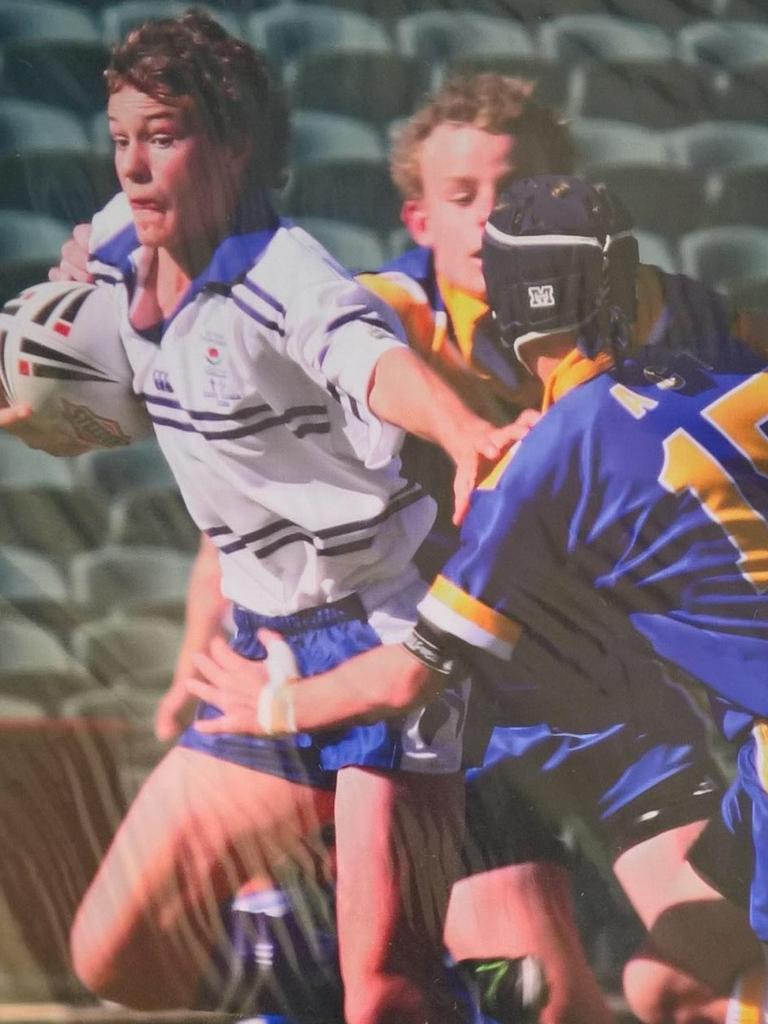
The emotional scars from young Joel dying from a head injury playing rugby league. They will never go away and it has weighed painfully on his mind for months.
Cordner spoke of now playing golf and enjoying a beer with his dad.
His future with long-time partner Jenna without the demands of 24/7 professionalism that is required in NRL football.
The way he spoke you know he won’t be unemployed for long.
There will be media opportunities, coaching or openings in the corporate world.
He’s that highly respected, who wouldn’t want Boyd Cordner endorsing their business?
Three years ago I covered a Melbourne Storm v Sydney Roosters match at AAMI Park and got talking to Cameron Smith in the sheds after the game.
He couldn’t stop raving about Cordner and the way he had played so fearlessly and like a champion that day.
For Roosters boss Nick Politis yesterday was one of his toughest in 40 years.
He had breakfast with Cordner on Sunday morning where he broke the news.
There were lots of tears.
Yet speaking to Politis yesterday you got a sense he was actually relieved.
“It’s a very sad day,” Politis said, “But I know it’s the right decision. He’s leaving the game healthy. Boyd’s a champion but he’s also family. He’ll always be a Rooster.”
Originally published as NRL 2021: Dr Alan Pearce calls on heavy hitters to help fund better testing for concussions




